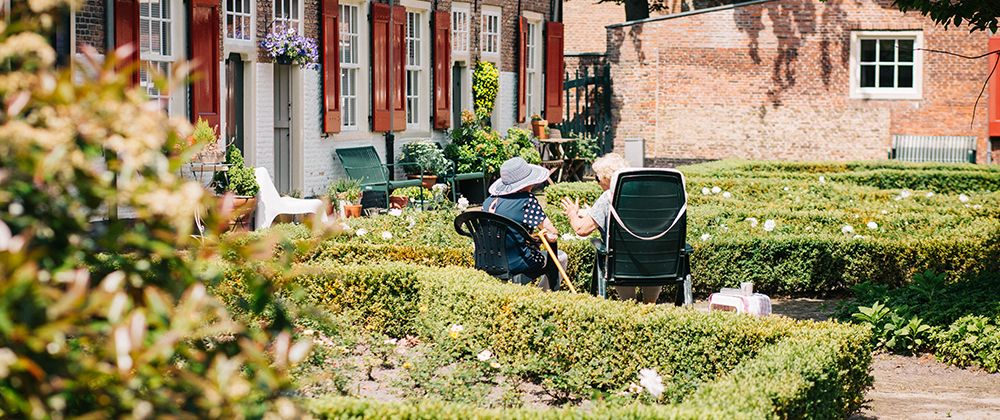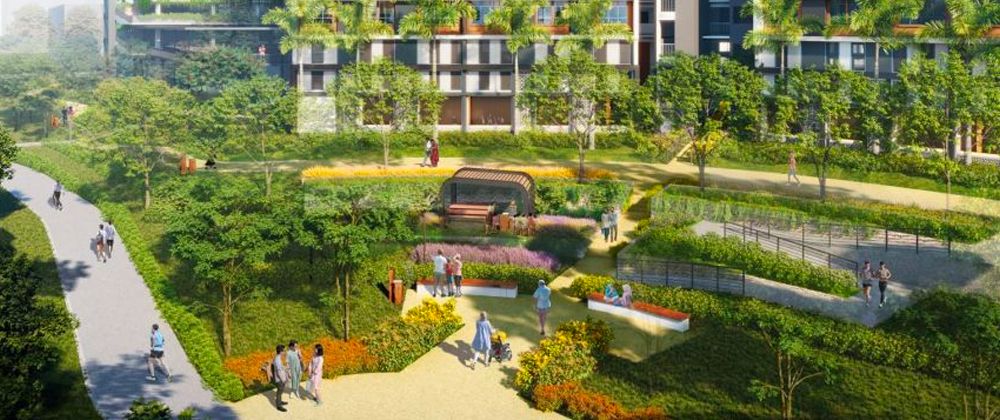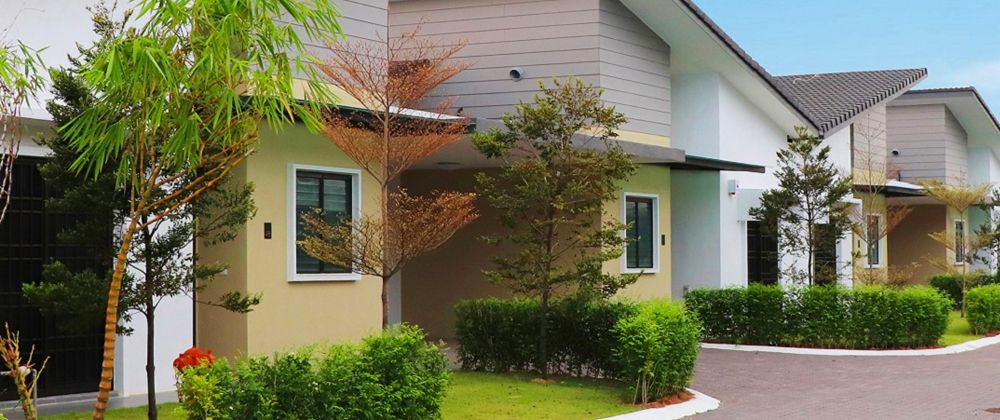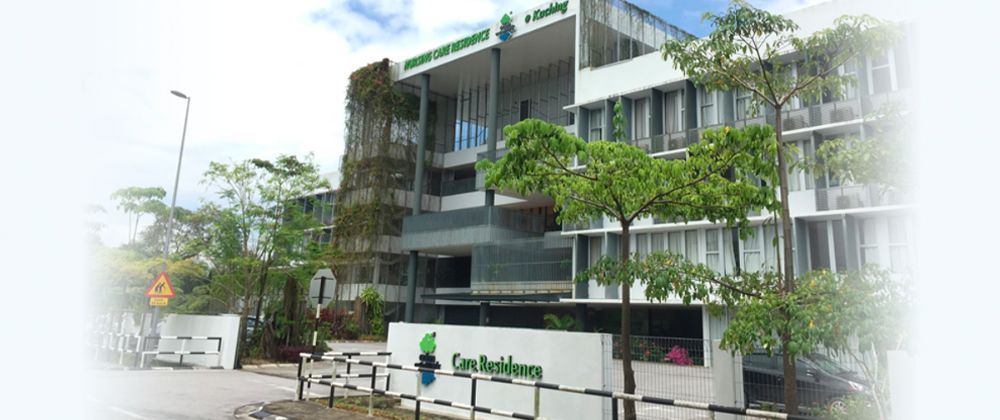Geriatric Healthcare Designs that Let the Elderly Age Gracefully
The elderly population in Asian countries will soon reach 923 million by 2050. The silver lining behind this is that visionary healthcare institutions in the region have started looking deeper into geriatric designs to cater to the vast needs of the elderly for healthier and happier lives.
The Aging Population in Asia
Asia’s population is aging rapidly due to declining birth rates and increasing life expectancies. By 2050, it is estimated that the average life expectancy of Asians will reach 80.8 years, with Singaporeans and Koreans living well past the age of 87. Considering this demographic trend, architects are now revolutionizing healthcare settings tackling problems of chronic loneliness through geriatric designs. that allow seniors to live healthily and age gracefully.
Geriatric Design Elements for Healthcare Institutions
Geriatric design approaches elderly care through multiple aspects, namely visual, lighting, tactile, audio, and communication to create healthcare spaces that promote both physical and mental wellbeing.
From easily distinguishable colors to depth perception, geriatric designs consider the mix and match of materials to create high contrast spaces, helping older adults with low vision to navigate indoors. Incorporating multiple lighting sources to meet functional and aesthetic needs is also becoming an essential age-friendly design concept. Daylight, soft and glare-resistant lighting help create a pleasant ambiance, while stronger downlight offers healthcare workers practicality.
To create a safe environment while maintaining a sense of dignified independence among the elderly, geriatric design solutions such as continuous “bed-to-bathroom” handrails and non-slip flooring offer seniors the opportunity to move around freely while reducing the risk of falling. Sound absorbing surfaces like carpet, fabric, and textiles help control noise and allow seniors to rest well. Furthermore, setting up bedside patient boards improves doctor-patient communication and keeps the elderly informed about their conditions, reducing worry and stress. Easy-to-install digital locks offer both security and convenience for caregivers to access senior care facilities without physical keys. A 24/7 lock activity trail also gives facility owners full visibility of caregivers’ access.
With an aim to address the problems of loneliness and social isolation, geriatric designs take care to replicate home-like experiences and foster connection with the community. Offering dwellers personal control over details such as lighting, fan, furniture placement, artwork, and plants help create coziness. In addition, proximity to recreation amenities, easy access to balconies, gardens, and outdoor areas are crucial elements in elderly care that cater to senior citizens’ growing needs for active participation in the neighborhood.
Leading Examples of Geriatric Designs in Asia
Singapore and Malaysia are leading countries in Asia striving to popularize geriatric designs. From modernized nursing homes to luxurious resorts, geriatric living spaces in all shapes and sizes are blooming across the region.
Nursing Homes in Singapore: Balancing Community & Privacy
Singapore’s population of 3.9 million people is aging rapidly. In 2019, 14.4% of the population was aged 65 or older. By 2030, the figure is expected to reach 25%. To prepare for this change, architects are reimagining how nursing homes and urban spaces should look like.
Traditionally moving away from the traditional typology of hospital designs focusing on efficient healthcare models, nursing homes are now modernized to become more person-centric. Tapping the co-living concept, these “new-generation” nursing homes offer seniors decentralized communal spaces with intimate seating that provides privacy so that individuals can interact in smaller groups. Special aisles known as “care corridors'' are also created to keep the working staff and unsightly medical equipment out of sight to imitate homeliness. Architects make sure these hidden corridors are constructed in the middle of the building so that doctors and nurses can still provide prompt care.
Image by Straits Times via https://bit.ly/3Fxa5gd
In Queenstown, Singapore’s first health district with senior-friendly designs, the government has considered design concepts that promote the importance of living purposefully. Infrastructures such as wellness trails, heritage walks, roof garden fitness facilities, and urban farming spaces provide open areas for organizing community programs that promote volunteering and lifelong learning
Malaysia’s Retirement Villages
Malaysia’s elderly population is expected to rise from 6.7.% in 2019 to a whopping 15% by 2030. As a result, elderly care has become a topic of interest in the country. More and more residents are considering moving to retirement villages, such as GreenAcres Retirement Village and Eden-on-the-Park.
Image by GreenAcres Retirement Village via https://greenacres.com.my/
First of its kind in Malaysia, GreenAcres Retirement Village offers 177 units for seniors with a 13-acre site. The village adopts geriatric design elements, such as wider doorways for wheelchair access, ergonomic light switches, and an emergency call system.
Image by Eden-on-the-Park via https://bit.ly/3DrZq5C
Eden-on-the-Park is the country’s first active senior living resort with integrated elderly care amenities. Targeted at those who opt for a more luxurious lifestyle, the resort provides fitness activities, housekeeping service, regular health programs, nursing services, and flexible care options for seniors of various needs.
Questions and Answer
Q1: How is the Asian population aging?
Asia’s population is aging rapidly due to declining birth rates and increasing life expectancies. By 2050, it is estimated that the average life expectancy of Asians will reach 80.8 years.
Q2: What is geriatric design?
[H3] Geriatric designs put the physical and mental wellbeing of the elderly first by incorporating features that stimulate sensory perceptions, mimic home-like experiences, and provide seniors opportunities to connect to the community.





